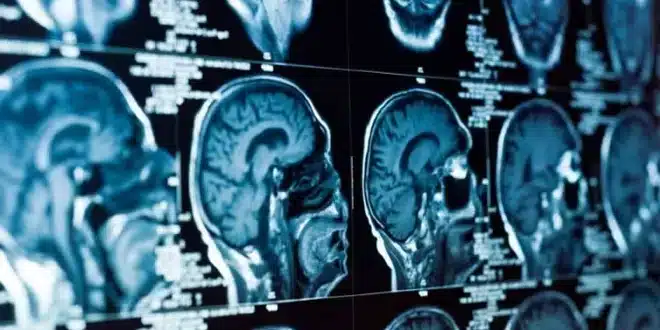In a groundbreaking study, scientists have discovered that a specific brain network expands to twice its size in individuals suffering from depression. This brain region, known as the frontostriatal salience network, has previously been linked to filtering external stimuli and processing rewards, although its full role remains unclear.
The research, conducted by a team at Weill Cornell Medicine in New York City, could pave the way for targeted treatments for dementia that focus on this brain network.
“We found that the frontostriatal salience network is nearly twice as large in the cortex of most individuals with depression,” the researchers noted in their paper.
This enlargement was consistently observed across multiple samples, caused mainly by shifts in the network’s boundaries, which showed three different patterns of encroachment in various individuals.
The study suggests that this network might invade regions typically controlled by other functional networks in the brain. Additionally, researchers found that these border shifts appear to be inherited genetically, suggesting a familial link in those predisposed to depression.
The research offers a path for more precise brain mapping, providing an individualized understanding of brain function. The team initially analyzed brain scans from 57 individuals, averaging 41 years old, and compared them to 37 healthy controls, identifying the network expansion in those with depression.
Further analysis over a year and a half, including brain imaging from 114 children both before and after being diagnosed with depression, showed similar patterns of network expansion.
“Salience network expansion was stable over time, unaffected by mood state, and detectable in children before the onset of depression in adolescence,” the researchers stated.
The observation that this network expanded in children before they were diagnosed with depression suggests that it could be a contributing factor and potential risk for developing depression.
“These findings highlight a trait-like brain network structure that may increase the risk for depression. Connectivity changes in frontostriatal circuits can predict both the emergence and remission of depressive symptoms over time,” the researchers concluded.


